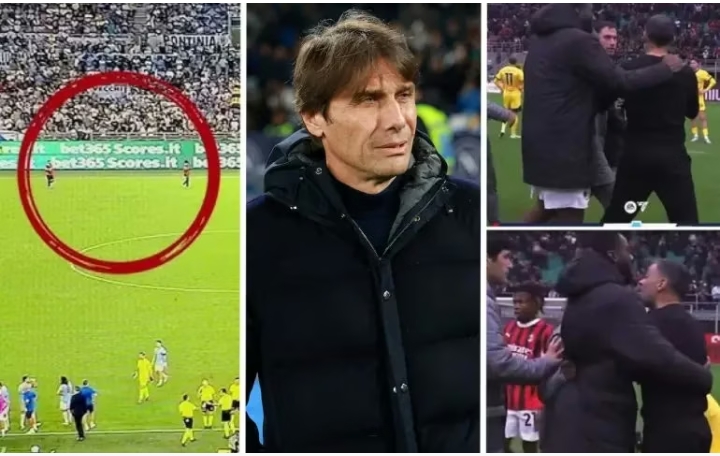La Gazzetta dello Sport have picked out seven moments around which the disastrous campaign revolved, and it starts with the decisions that were made before a ball was even kicked, more specifically in the planning for the seasons.
Antonio Conte was more than willing to accept Milan a year ago. Among the teams he could join, it was his favoured choice, and rumours at the time said that Moncada had made a phone call to Conte. From then on, nothing
Zlatan Ibrahimovic explained the decision in June 2024: “In Milan there is a coach, not a manager. We did not discuss Conte because, with all due respect, based on our criteria he is not what we were looking for.”
Milan wanted a coach with whom they could share decisions, who would not complain publicly as Conte so often has. In the end, simply winning might have been better, while Paulo Fonseca certainly raised his voice a few times.
Fonseca made it very clear – more clearly than other coaches – that Milan’s problem was their attitude. Two key scenes: the cooling break against Lazio, and the penalties taken away from Pulisic vs. Fiorentina by Theo Hernandez and Abraham.
Winning dressing rooms have rules, examples, and a fight for a common goal. Milan, on the other hand, sent the opposite message and the coaches were only partially able to change course. Fonseca identified Theo as the main negative example and clashed with him.
Conceiçao even came close to brawling with Calabria. Did things go better in the spring? Maybe, but – as a key example – the poor performance in the sad Coppa Italia final was not that of a great team, not a winning group.
Who is the leader of Milan? A question that has been asked for months, if not years. The answer is usually Mike Maignan, who is also a particular leader, but that is not enough.
The great teams have groups that have grown together, with experienced players who indicate a line by example and call out those who make mistakes. And a core, if not necessarily Italian, with Serie A experience.
Milan have always signed promising players, as per the first rule of player trading, but for the entire season they have found themselves without a leader. The question is legitimate: wouldn’t it have made sense to focus on a couple of 30-year-olds in the summer?
Milan chose Julen Lopetegui a year ago but reneged on the decision under pressure from the fans. At that point, they went for Fonseca but protected him for a very short time. Fonseca was already coaching the derby on September 23rd knowing that, in case of defeat, he would be fired.
He never worked calmly. Gabbia scored the goal to beat Inter and gave him oxygen. Fonseca made it to Christmas but was fired shortly after, before New Year’s Eve. Looking back at things now, it was an almost inevitable fate.
Fonseca and Conceiçao are opposite men and coaches. When things went badly with Fonseca, Milan decided to make a decisive change: a sharp turn. The two Portuguese, however, have one thing in common: they have never found balance.
Fonseca showed a good attacking phase but conceded too many goals, for reasons that are too trivial: carelessness, poorly managed transitions, missed preventive coverage.
Conceiçao, on the contrary, sorted out the defensive phase – four goals conceded in the last six games – but his Milan attacked badly, without ideas, relying on the individual efforts of its starts. In short, neither found balance.
In January, Milan surprised with an ambitious transfer window, judged positively by almost everyone. Four months later, it looks to have been a desperate scramble to shuffle that cards and hope something clicked.
Gimenez is a reserve, Joao Felix a failed project, Walker has had little impact, Sottil less so. We will talk about Bondo again in at least a year. Milan, on the crucial day of the Coppa Italia final, sent them all to the bench.
Who is the face of Milan? It is not clear. Operationally, it is Giorgio Furlani: he has been making decisions for two years. Publicly, however, there is no voice that communicates the thoughts of the club, that intervenes to defend Milan or explain a decision.
Furlani spoke on TV after the Coppa Italia final: right, but it was an exception, not the norm. Ibrahimovic, after being the voice of Milan in the press conferences to present the players, has disappeared.
Scaroni speaks every now and then, sometimes generating controversy. Moncada is seen on TV from time to time and never in print. Overall, it is difficult to understand what Milan wants.

